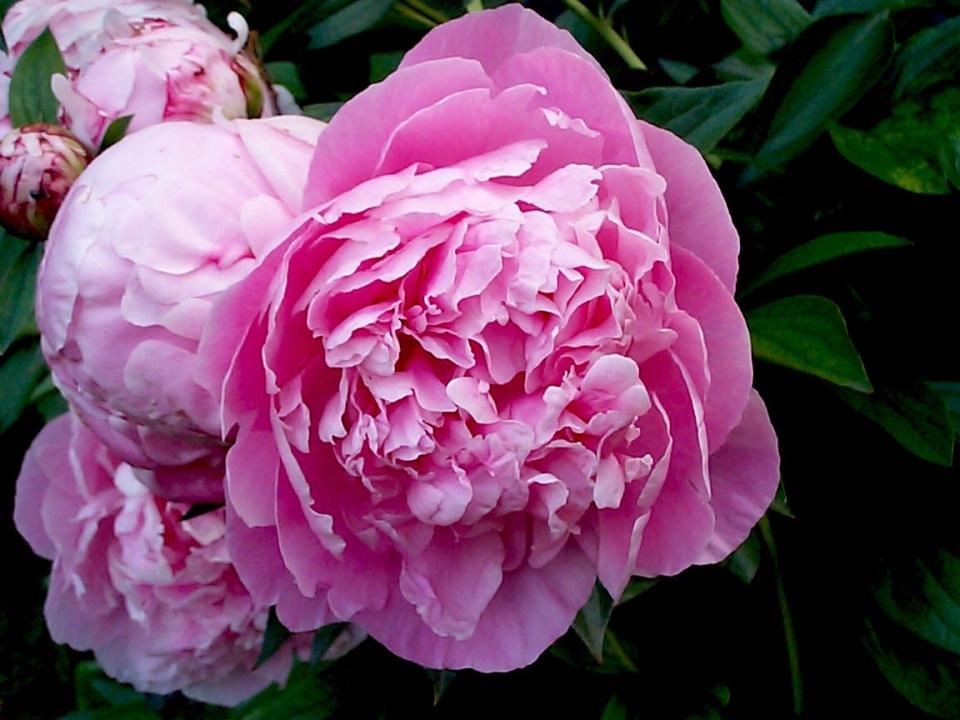Gardening for You: Mother’s Day and floriography
Floriography. The word floriography (flor-ih-OG-rah-fee) sounds as if it could be a science, like geography. Rather, it is a language. A language all its own. The language of flowers is an art, the art of communicating a sentiment without words.

Many cultures have legends to communicate special messages connected with particular flora. One of those is this lovely legend from ancient China and Japan called the Four Noble Gentlemen: the bamboo, plum tree, orchid, and chrysanthemum. Each plant symbolizes revered human qualities that appear in their folklore, their art and poetry. Bamboo symbolizes honesty and gentle strength, plum for hope, orchid for youth, and the chrysanthemum for courage (goodchoiceflowers.com).
While floriography has been around for centuries it is most commonly connected with the Victorian era when flowers were frequently sent as hidden messages. Single flowers communicated a different message than a bouquet of flowers. A single flower can symbolize unity, as in one heart. This example of a single flower comes from bloomandwild.com: a single red rose sent to someone lets the receiver of the flower know the giver had a crush on them but a single yellow carnation sent back to the giver has the message they were not interested.
The number of flowers in a bouquet can send a hidden message. The website goodchoiceflowers.com suggests meanings for the number of flowers in a bouquet. Here are a few: three symbolize the three words “I love you”; four and seven are considered bad luck, but five means happiness and goodness, embodying the saying “Five blessings on your doorstep!”; 10, admiration, “You are 10 times golden, and ten times beautiful”; 12 symbolize a year, “loving you every month."
A common floral language is the honoring of mothers, the longstanding tradition of wearing flowers to honor mothers on Mother's Day. The tradition has somehow gone out of vogue. The flower or flowers did not have to be arranged in a corsage, just a single flower sufficed. For those with living mothers the flower worn was red or pink but if your mother had died, the flower color was white.

As in floriography, the unspoken message in the flower color worn to honor our mother is understood without being articulated.
In floriography, flowers signify sentiments, feelings, or to mark special occasions. The flowers and colors that mean love are red roses, red tulips, red carnations, and dahlias.
Friendship is shown with yellow roses, freesias, alstroemeria, and chrysanthemums. A demonstration of gratitude is conveyed with pink roses, hydrangeas, sweet peas, and iris. An expression of sympathy is shown with lilies, white roses, orchids, and poppies while flowers for a celebration are peonies, lisianthus, daffodils, and calla lilies. The pink peony in the accompanying photo is a fitting choice for celebrating moms as the flower and color mean love and appreciation.
Wishing all Lubbock A-J mothers a Happy Mother’s Day.
Ellen Peffley taught horticulture at the college level for 28 years, 25 of those at Texas Tech, during which time she developed two onion varieties. She is now the sole proprietor of From the Garden, a market garden farmette. You can email her at gardens@suddenlink.net
This article originally appeared on Lubbock Avalanche-Journal: Gardening for You: Mother’s Day and floriography

